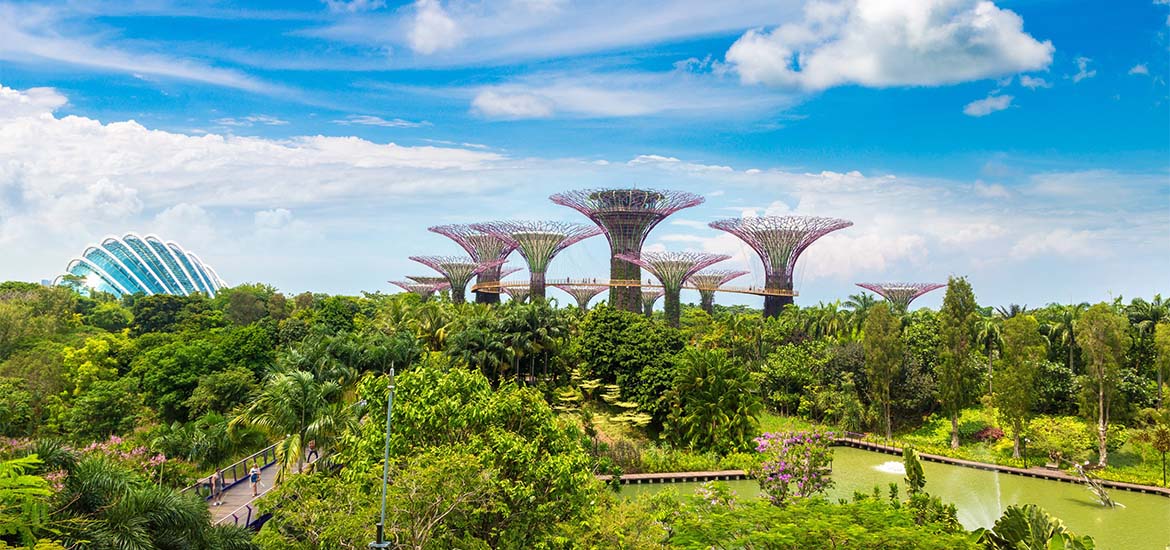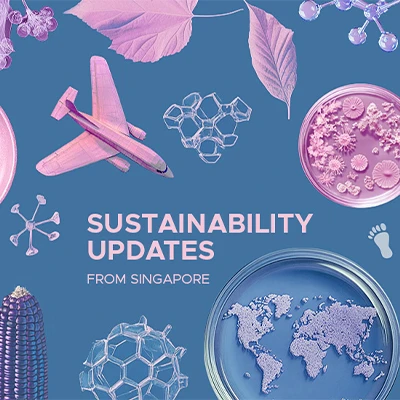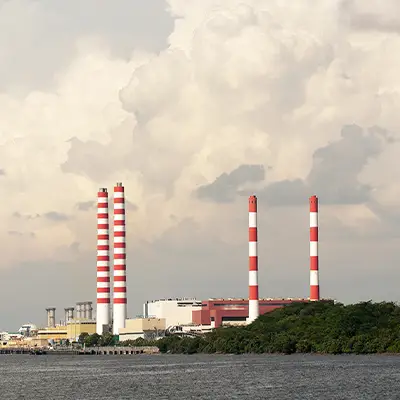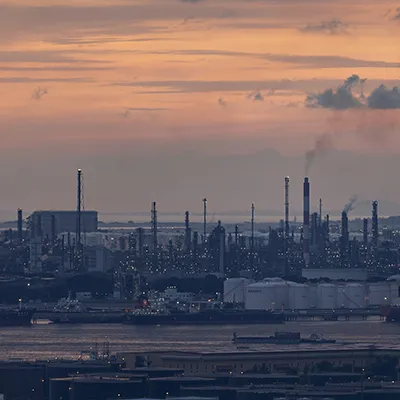Manpower Minister and Second Minister for Trade and Industry Tan See Leng, who attended the event on Wednesday, said the new generation of combined cycle gas turbines (CCGTs), like Keppel’s, will be crucial in ensuring that Singapore has a reliable energy supply.
The 600MW Keppel Sakra Cogen Plant is expected to be completed by the first quarter of 2026 – and can power around 864,000 four-room Housing Board flats for a year.
It will be constructed by a consortium involving Mitsubishi Power and Jurong Engineering.
Dr Tan noted that electricity demand has been steadily increasing over the years due to economic growth, electrification and digitalisation, so the authorities must plan ahead to ensure that there is sufficient generation capacity to meet this demand.
EMA expects electricity demand to grow by at least 4 per cent each year between 2023 and 2028 – largely driven by new investments in energy-intensive sectors such as advanced manufacturing and data centres.
As such, under its new centralised process, it will launch a request for proposal later in July for additional generation capacity that it expects will be needed in 2028.
The process entails EMA forecasting electricity demand on a rolling 10-year basis, along with the generation capacity available in the system.
If projections show that there is insufficient generation capacity, EMA will conduct a request-for-proposal to build, own and operate new generation capacity.
The authority will step in to build new generation capacity if no private company expresses interest to do so or if proposals submitted are assessed to be unsuitable.
Dr Tan said Singapore’s power system has been in an overcapacity situation over the last decade due to bullish investments by generation companies.
“Over the years, as electricity demand has grown and older generation plants have retired, our reserve margin has come down,” he added, referring to the spare capacity needed to ensure grid reliability.
While CCGTs will be key in providing electricity to Singapore even as the Republic embarks on its energy transition over the next few decades, the new generation of CCGTs will not resemble those currently operating, said Dr Tan.
For instance, Keppel’s CCGT provides more than just electricity – it also provides general utilities like steam, which can be used to power turbines, or sold to other industry players when needed.
The plant is also about 10 per cent less carbon-intensive than the average CCGT used today, and can save up to 220,000 tonnes per year of CO2 emissions – equivalent to taking about 47,000 cars off the road a year, according to Keppel.
Dr Tan pointed out that while the plant can operate on fuels with 30 per cent hydrogen, it can be enhanced to run entirely on hydrogen in the future.
This may soon be a requirement of all new and repowered power plants, with a more stringent emission intensity limit of 0.355 tonne of carbon dioxide emission per megawatt-hour of electricity.







